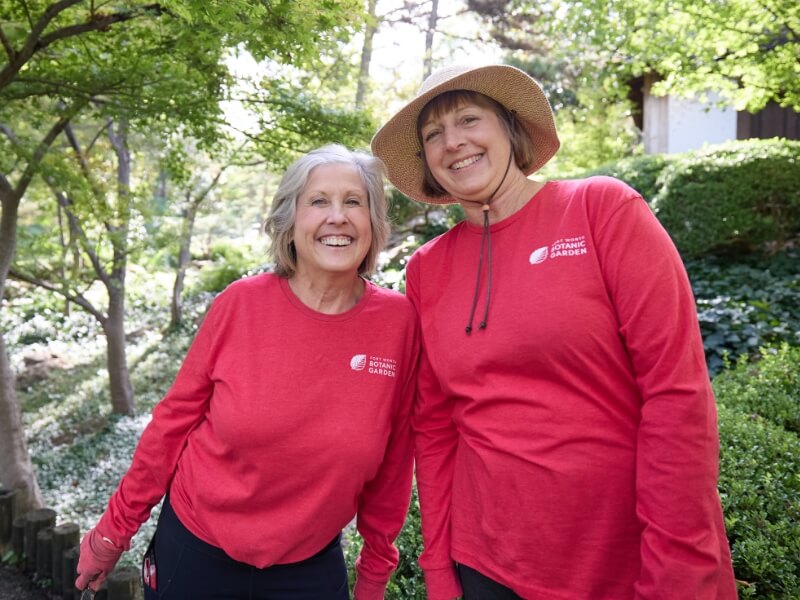Journal of the Botanical Research Institute of Texas
About the Journal
The journal publishes primary research papers in English and Spanish in fields such as anatomy, biogeography, chemotaxonomy, ecology, evolution, floristics, genetics, paleobotany, palynology, and phylogenetic systematics. Coverage is global: it is not restricted to any geographical area, and papers have been contributed from around the world. Note, beginning in 2025, JBRIT began publishing articles first online. We will follow-up with print volumes/issues by mid-year and at the end of the year.
Each issue contains articles on various groups of plants such as palms, ferns, lilies, irises, legumes, primroses, morning-glories, bromeliads, four-o’clocks, daisies, buttercups, roses, agaves, mustards, cacti, orchids, mints, wildflowers, and herbs. Papers appear in English or Spanish, with abstracts in both languages. Abstracts in additional languages, especially those of the area in which the research was conducted, are encouraged. All papers are peer-reviewed and are frequently illustrated with maps, line drawings, and full color photographs. Each issue also includes short communications on floristic discoveries, book reviews, and notices of new publications.
Recent papers have included:
- Morphology, geography, and ecology of incised-leaf variants of Symphyotrichum lowrieanum (Asteraceae)
- Opuntia bentonii: A Texas Gulf Coast beach cactus (Cactaceae: Opuntioideae)
- Erigeron beyrichii (Asteraceae), a new combination and redefinition of a widespread
taxon in the southeastern United States - A new combination and two nomenclatural updates in Ceratostema (Ericaceae: Vaccinieae) from southeastern Ecuador
- A new species, new records, and new synonyms of Mandevilla (Apocynaceae) from
Ecuador, with comments on morphological characters - Chromosome numbers of miscellaneous southwestern North American angiosperms
Access, Indexing, and Submissions
An indication of the importance and relevance of J. Bot. Res. Inst. Texas is that it is indexed and abstracted in print and/or electronic form by the following: Biosciences Information Service of Biological Abstracts (BIOSIS); ISI Thomson; The Kew Record of Taxonomic Literature; and SCImago Journal & Country Rank, Elsevier B.V. (SCOPUS); Index to American Botanical Literature.
The Journal of the Botanical Research Institute of Texas is available electronically via JSTOR, EBSCO, BHL (Biodiversity Heritage Library), and journals.brit.org/jbrit
If interested in submitting a manuscript to Journal of the Botanical Research Institute of Texas, please review the scope and aims of the journal and guidelines for authors here.
Carousel items
-
Current Issue
2025 – J. Bot. Res. Inst. Texas Vol. 19 (3) & (4)
-
Academic Access & Submission Portal
Authors can submit manuscripts, reviewers can manage assignments, and readers can access current and archived issues of JBRIT.
-
Subscriptions
Stay connected to the latest in systematic botany by subscribing to the Journal of the Botanical Research Institute of Texas (JBRIT). We offer subscription options for individuals, students, and institutions worldwide.
-
Back Issues, Archives, Index, and Reprints
Explore decades of botanical research through our comprehensive journal archives. Articles from Sida, Contributions to Botany, and the Journal of the Botanical Research Institute of Texas (JBRIT) are fully indexed and accessible through multiple platforms.
-
Peer Review Guidelines
The Journal of the Botanical Research Institute of Texas requires primary research manuscripts to undergo an external, blind, peer review, from at least 2 experts on the topic.
Editorial Staff
Barney Lipscomb
Editor-in-Chief
Carmen Acedo (Universidad of Leon, Spain)
Contributing Spanish Editor
Kanchi Gandhi (Harvard University, USA)
Nomenclatural Advisor
Harold W. Keller (BRIT)
Editorial Advisory Board
Robert J. O’Kennon (BRIT)
Editorial Advisory Board
Richard Rabeler (MICH)
Editorial Advisory Board
History of Sida, Contributions to Botany
The journal is named for Sida, a genus in the cotton family (Malvaceae). The name was chosen by Lloyd H. Shinners because it belongs to a plant group that is found around the world. The word sida may come from sid-, one of the Latin words for star.
Shinners began privately publishing Sida, Contributions to Botany in 1962. William F. Mahler, Director Emeritus of BRIT, inherited this journal in 1971 and continued publication through volume 15, 1992. Published by BRIT since 1993, the journal continues the twice-yearly, multiple topic format with Barney Lipscomb as Editor-in-Chief and Robert George as Assistant Editor. The journal title was changed to Journal of the Botanical Research Institute of Texas (commonly referred to as “JBRIT”) in 2007.
SJR Indicator
Reader Comments
The readers of Journal of the Botanical Research Institute of Texas and our Botanical Miscellany include those with an interest in botany, classical and modern taxonomy, horticulture, and plant ecology. Subscribers include professionals and keen amateurs, students, teachers, gardeners, researchers, field botanists, academic institutions, libraries, museums, nature centers, botanic gardens, arboreta, and various government agencies.
-
“I am really pleased to see that [it] is becoming the journal of choice for shorter, more or less classical taxonomic work. I really enjoy receiving it.”
– Richard Spellenberg, New Mexico State University, Las Cruces
-
“…continues to be the #1 botany journal.”
– Andy Clewell, Botanical Consultant, Quincy, Florida
-
“Put me down as one very satisfied subscriber and reader, and accept my congratulations on a very, very difficult job well done.”
– Neil A. Harriman, University of Wisconsin, Oshkosh
-
“…always has the best articles * a great journal.”
– James Henrickson, California State University, Los Angeles
-
“…one of the standard international journals for plant taxonomic research.”
– Theodore S. Cochrane, Herbarium, University of Wisconsin, Madison
-
“Beautiful production and the botany looks sound, too.”
More from:
More ways to get involved with the Fort Worth Botanic Garden


